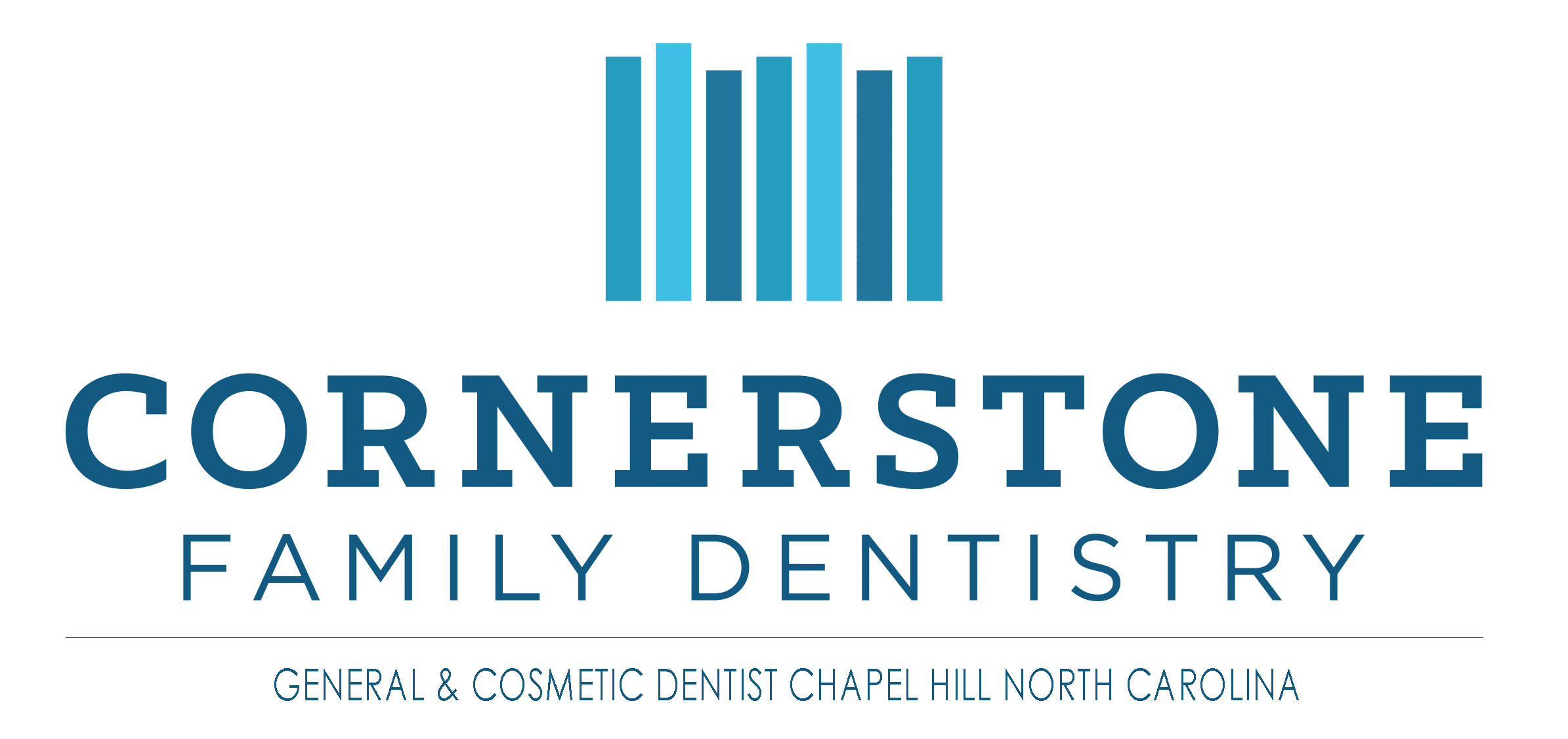Eating After Fluoride Treatment
If your dentist recommends a fluoride treatment for you from time to time and you always elect to wait, you should think again. Fluoride treatments are a safe, minimally invasive and pain free approach to strengthening the teeth and preventing tooth decay. Maybe you have said no because you were concerned about how long the treatment would take and what you would need to do in recovery. You may be surprised to hear the fluoride treatment procedure is quick and easy and requires little to no post-treatment instructions. Below is more information about fluoride treatment and post-treatment guidelines.
The Fluoride Treatment Procedure
Fluoride is a naturally occurring mineral that is used in overall and oral healthcare to strengthen teeth and bones. When fluoride is directly applied to the teeth, it adds mineral to the outside layer of the tooth, or the tooth’s enamel, helping to keep the tooth strong and prevent tooth decay. You most likely are exposed to fluoride on a daily basis through the tap drinking water in your community. Adding fluoride to drinking water is a public health initiative that was mandated years ago to help improve the oral health of the population in the United States. There are many ways to increase your daily fluoride exposure. In addition to the professional fluoride treatment offered at a routine dental exam, in-home fluoride treatments, and toothpaste or mouthwash with added fluoride are additional approaches to increase your daily dose of fluoride.
What to Eat After Fluoride Treatment
Generally, there are few post-treatment instructions that follow a fluoride treatment. Commonly, you can eat after a fluoride treatment. Your dentist will provide you post-treatment guidelines and any specific instructions to follow. In general, patients are advised to wait 30 minutes after a fluoride treatment before eating or drinking. This 30-minutes allows time for the fluoride treatment to seal to the teeth. Additionally, you may want to think more about what you are eating after a fluoride treatment. Immediately following the treatment, the teeth and gums are extra sensitive. When the teeth are still sensitive it may be best to avoid extremely cold or hot foods and beverages. Additionally, it may be a good idea to avoid foods that are high in acidity. Here is a list of foods to avoid after a fluoride treatment:
- Citrus fruits (oranges, grapefruits, lemons, and limes)
- Spicy foods
- Crunchy or hard textured foods
- Frozen or extremely cold foods (such as popsicles or ice cream)
- Sugary drinks
Here is a list of recommended foods to eat after a fluoride treatment, including:
- Soft foods (applesauce, mashed potatoes, yogurt, bananas, etc)
- Soups or liquid foods
- Hard-boiled eggs
If your next routine dental visit is approaching, you should consider a fluoride treatment. The treatment will help keep your teeth strong, prevent tooth decay, and may help reduce tooth sensitivity. Fluoride treatments are a low cost and effective way to improve your oral health. Don’t let your concerns about what and when you can eat after the procedure keep you from making the right choices for your health.
